


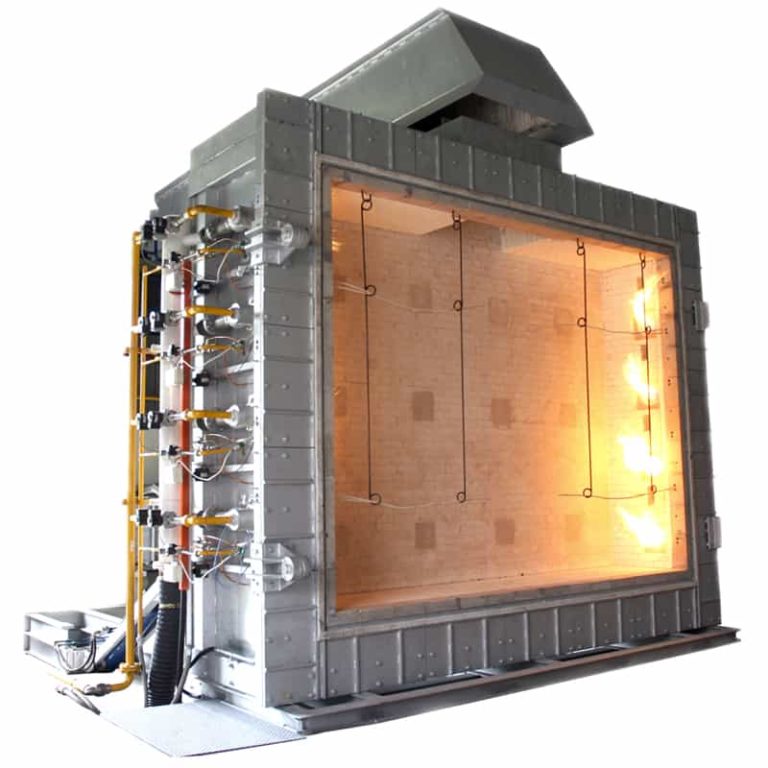

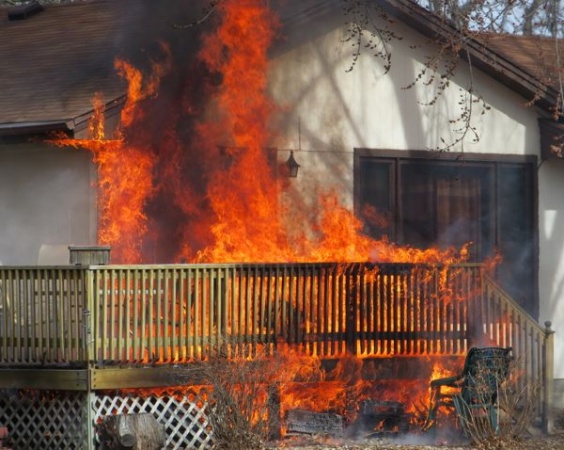
When it comes to protecting your home, fireproofing a wood deck is an essential step that should not be overlooked. Wood decks, while beautiful and inviting, can pose a significant risk, especially in areas prone to wildfires or where outdoor cooking is common. By investing in deck fireproofing measures, you not only enhance the safety of your property but also extend the lifespan of your deck.
Consider using non-combustible materials for railings and furniture on your deck. This simple change can further minimize potential hazards and create a safer outdoor environment for gatherings with family and friends.
The IBHS Research Center has conducted tests on flying hot embers. It was observed that they get stuck in the gaps of the boards and at the point of contact with the deck.
IBHS tests also showed that even without vegetation, a hot ember between decks could still lead to combustion. Some of the materials used for decking, such as medium-density softwoods like western red cedar and redwood are not flame resistant and can easily combust from hot embers. Therefore, it is more favorable to use wood-plastic composites or hardwoods with a high density in construction.
Decking made from wood-plastic composites or flame-resistant treated products have a lower risk of ember damage.
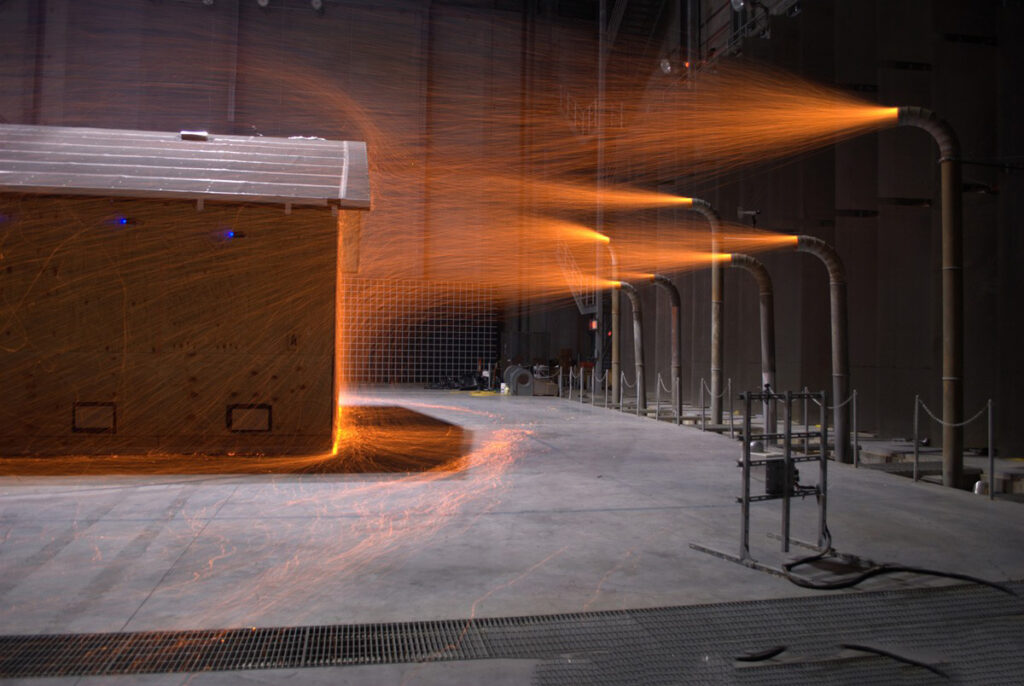
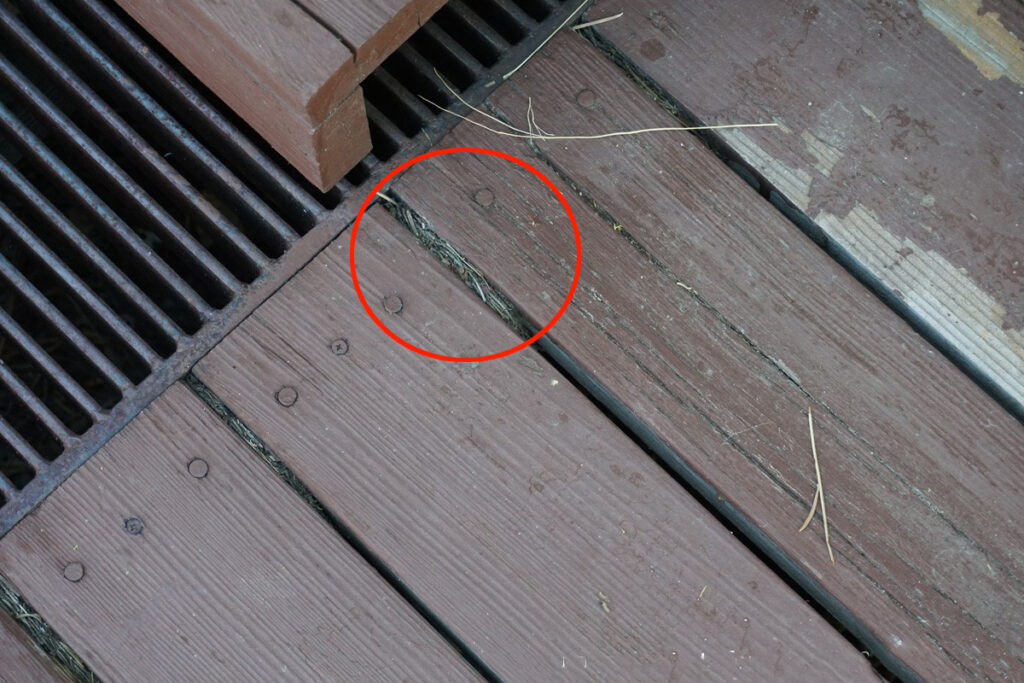
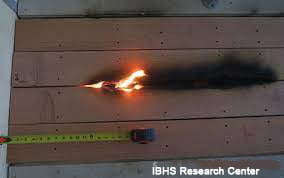
While these tips may not completely eliminate the risk of accidents, following them can significantly reduce the likelihood and severity of such incidents. Consider implementing the following preventive measures to enhance the safety of your wooden deck
1. Use Heat-Resistant Materials: Apply heat-resistant materials to the deck’s surface to slow ignition. Install composite decking made with heat-resistant materials. Use non-combustible siding or barriers around the deck.
2. Create a Defensible Space: Keep the area around the deck clear of dry leaves, pine needles, and debris. Maintain a 5-foot non-combustible perimeter using gravel, concrete, or stone. Trim nearby trees and shrubs to prevent the spread of flames.
3. Install Heat-Resistant Underdeck Screening: Use metal mesh screening underneath the deck to block embers. Avoid storing flammable items like wood piles or propane tanks under the deck.
4. Flameproofing Additives: Consider using a fire-retardant chemical that can be applied to wood for extra protection.
5. Use Heat-Resistant Landscaping: Surround the deck with non-flammable plants such as succulents or well-irrigated greenery. Avoid placing mulch close to the deck—opt for stone, gravel, or pavers instead.
6. Install a Sprinkler or Misting System: Consider a deck-mounted water system that activates in high-heat conditions. Use manual hose bib misting systems to keep surfaces cool and reduce ignition risks.
7. Choose Non-Combustible Outdoor Furniture: Select metal, stone, or treated wood furniture instead of plastic or untreated wood.
8. Use heat-resistant cushions and covers to minimize risk.
By implementing these measures, you can significantly improve your deck’s resilience against extreme heat and embers. Let me know if you need further details
Recap the importance of taking protective steps for the deck and offer a final piece of advice, such as “Take proactive steps to enhance the safety of your home and loved ones.”
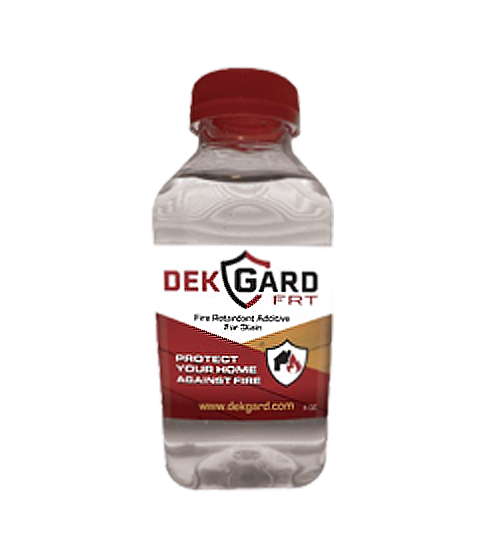
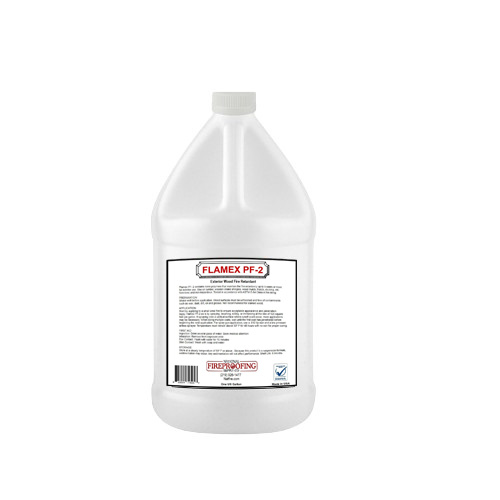
Protected by Security by CleanTalk